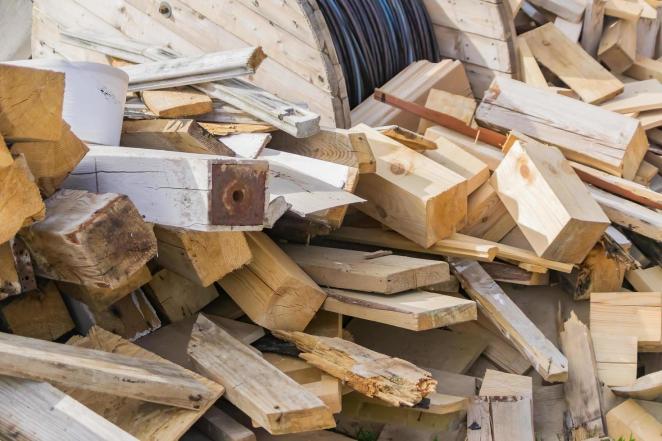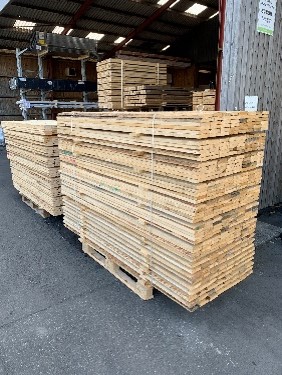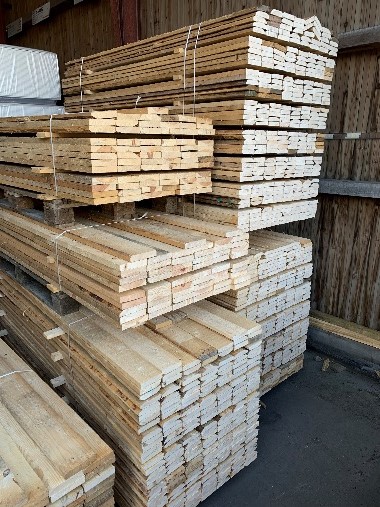Local construction leaders in Vejle have teamed up in Recycled Wood Vejle, a pioneering pilot testing a closed-loop value chain for timber recovered on building sites.
By diverting wood from incineration towards reuse, the project demonstrates how circular principles can thrive in everyday construction practice.

Reusing resources
In a pioneering effort to turn demolition timber into a valuable resource, a consortium of local construction firms in Vejle—including KT Erhvervsbyg, Raunstrup Byg, Bytømren, Stark Vejle, Reco and Vejle Erhverv—has recovered an impressive 35 tonnes of reusable wood from just one KT Erhvervsbyg site. Of that total, some 15 tonnes have been sent to Møgelkær Prison in Juelsminde, where inmates operate a social-economic workshop to plane, grade and prepare the timber for resale.
Flemming Kjærsgaard of Vejle Kommune's Economic Development Department explains: "Along the way, the group has created solid new workflows to handle on-site sorting, streamline transport logistics and keep tight control of costs."

Building a circular value chain
The success of Recycled Wood Vejle hinges on three tightly integrated steps. First, the consortium worked with each construction team to define simple, visual sorting criteria so that only clean, reusable timber entered dedicated containers—dramatically reducing mixed-waste haulage and cutting both contamination and disposal fees.
Next, they partnered with the prison workshop at Møgelkær, proving that having processing facilities located close to building sites is crucial to keep transport costs and carbon emissions low. Finally, the consortium is exploring direct deliveries from site to end-users—such as wood merchants, joineries and furniture makers—to eliminate intermediaries and minimize the value captured from every plank.

Upscaling challenges
While the pilot’s early results are encouraging, scaling this circular chain across the region brings fresh hurdles. Transportation remains a key cost driver—long distances between sites and processors can quickly erode profit margins. Seasonal swings in construction activity also lead to uneven timber volumes, making it harder to plan consistent processing capacity. "To address these issues, we’re actively scouting new processing hubs closer to high-volume construction clusters and refining our forecasting methods to smooth out feedstock variability," says Flemming.
Together, these lessons will inform the next phase of the Recycled Wood Vejle project—and the development of a comprehensive Interreg Circular Trust Building toolkit—to help construction industries everywhere unlock the full potential of their demolition timber.

What’s Next?
Building on these lessons, the consortium is refining cost models and scouting new processing locations closer to dense construction corridors. Insights from Recycled Wood Vejle will feed into the Interreg Circular Trust Building toolkit—equipping regions across Europe to turn demolition debris into high-value resources.
You can watch the Recycled Wood Vejle video here.
